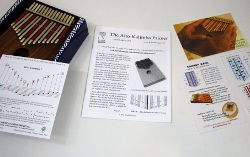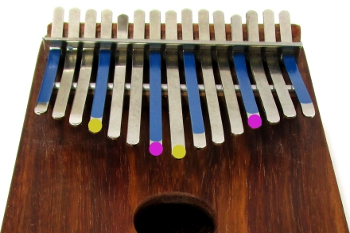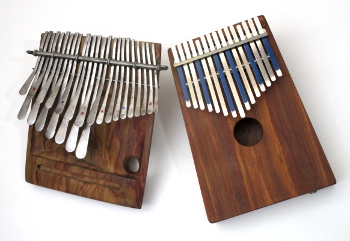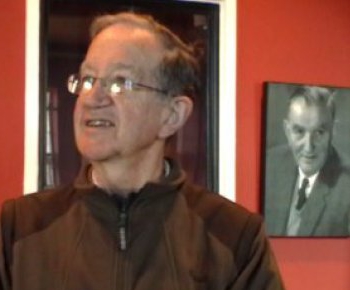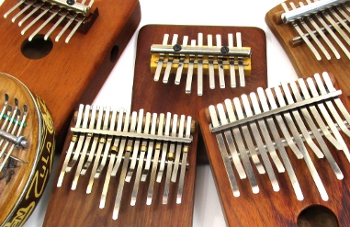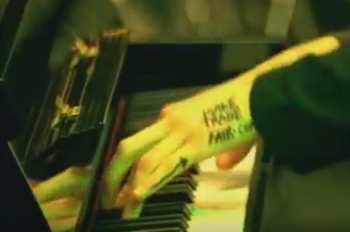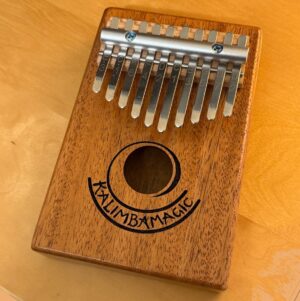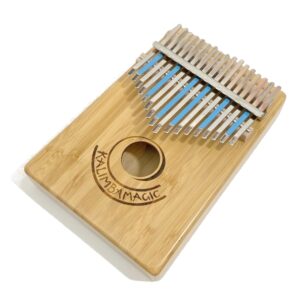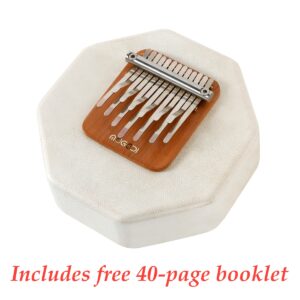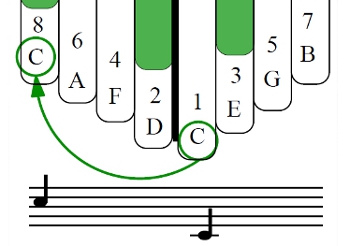
Octaves on Kalimba, Karimba, and Mbira
Becoming conversant with octave pairs is an important part of learning your instrument The 8-note kalimba only has one octave pair Do you know where the octave pairs are on your kalimba? The octave is the most fundamental interval in essentially any music. Octave harmonies are not rich, but they are powerful. If your kalimba has eight notes or more, you likely have one or maybe even several octave pairs. Learning which note pairs are an octave apart, as well as how to use the octaves in playing, are essential to becoming a good kalimba player. In the simplest of terms, an octave is the interval between two notes at
